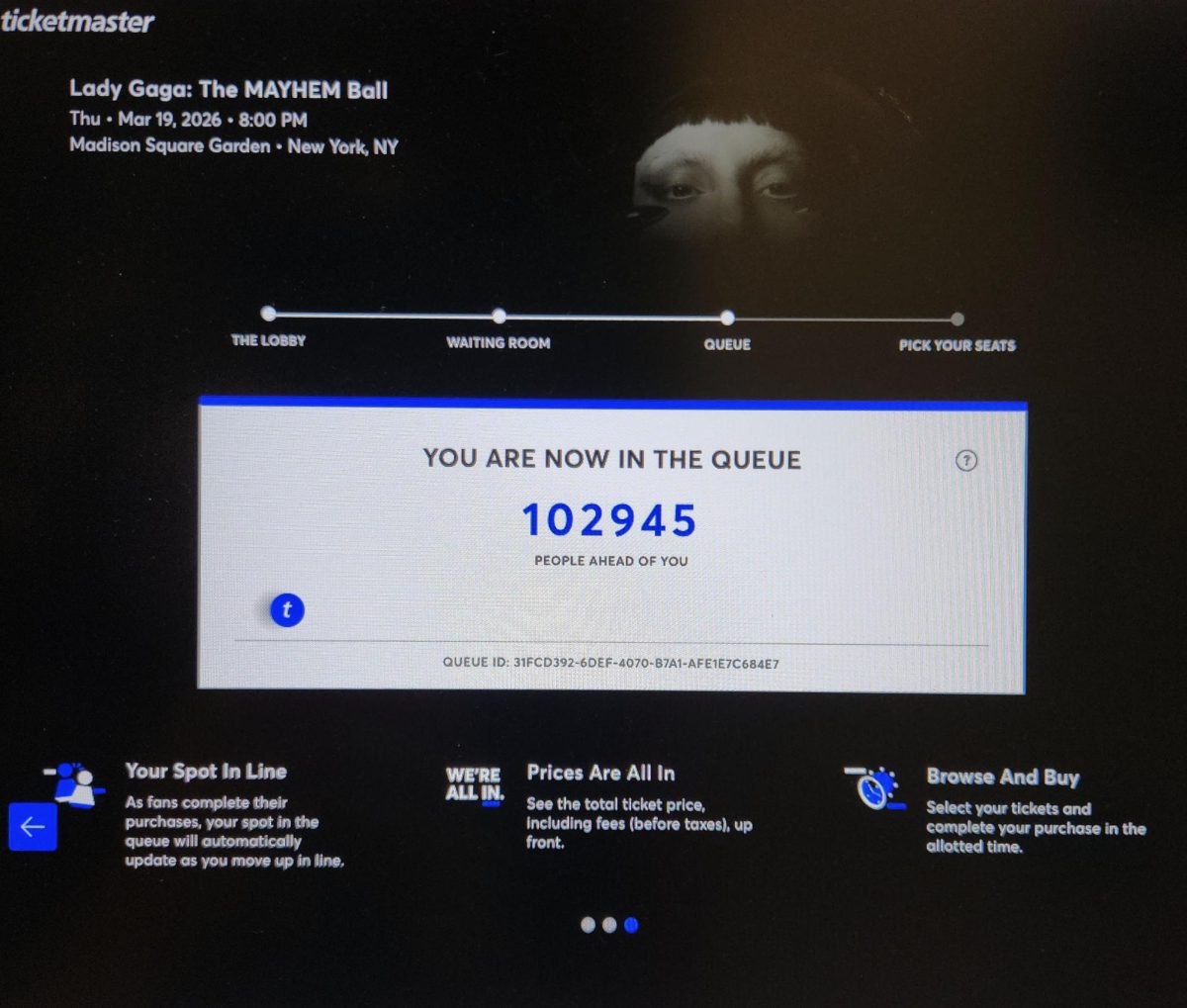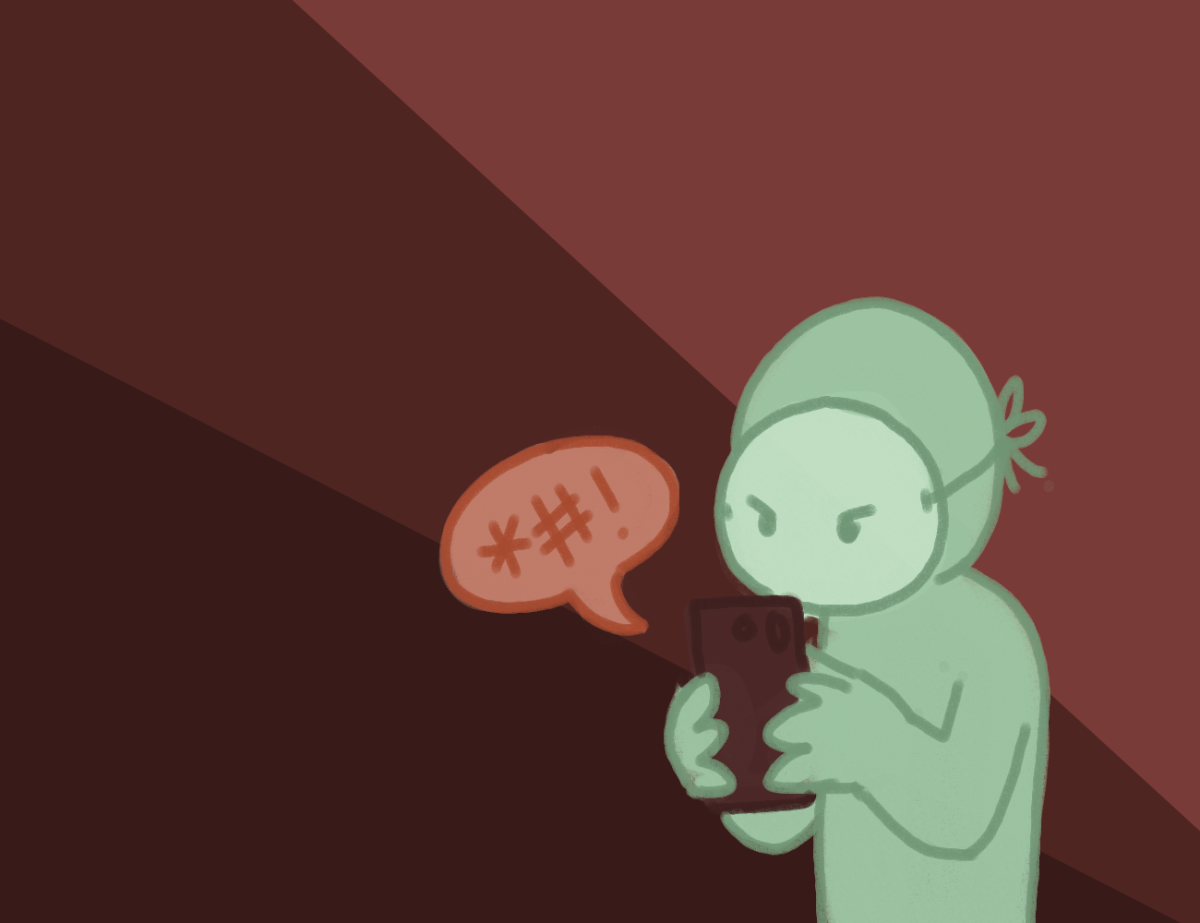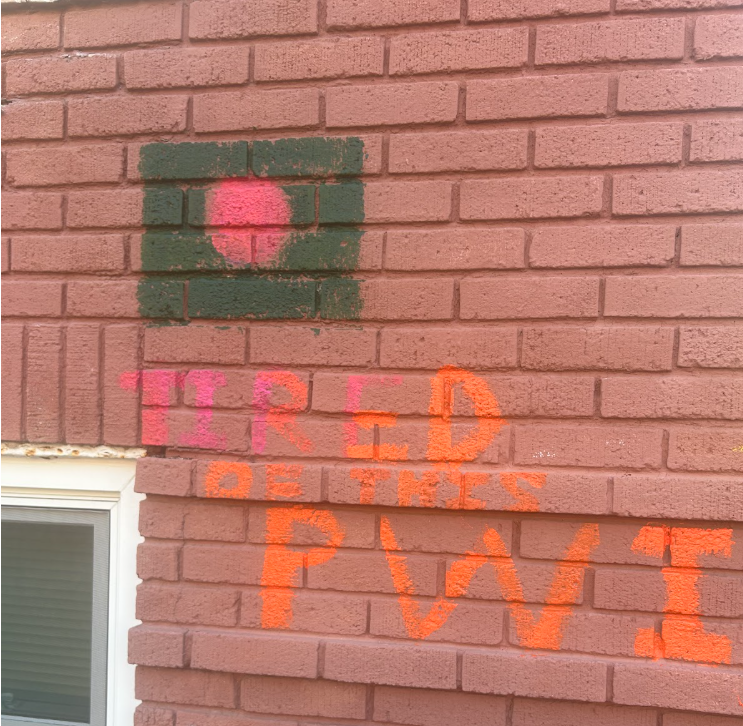Dove recently came out with a set of ads called “real beauty sketches,” designed to spread the body positive message to women that they give themselves undue criticism on their appearances. While it is all too easy to buy into the message that Dove spreads, it is one based solely in standards of beauty that are vain and void, and do nothing to accentuate the actual beauty of the women whom they depict.
The main idea behind the setup is to demonstrate how those around you see you as more beautiful than you see yourself. To do so, the company placed women in rooms with one another and told them to get to know each other. Then these women were taken, one at a time, into a room with an artist, each were asked to describe themselves in terms of their facial characteristics, and those who were with them were asked to describe them as well. An artist in the room listened, without looking at the women, to the descriptions and then sketched the features that he heard being described. The finished product showed two pictures side by side: one which showed how the woman described herself and the other how the woman who had just met her described her.
The result? All of the traits that these women took to be their defects, shortcomings and flaws were less apparent in the drawings of how their peers saw them than in the drawings of how they saw themselves. Looking at the drawings of themselves, the women noticed their noses, their foreheads and their chins weren’t as big as they thought them to be.
Their eyes were larger and lighter in color, their skin was younger looking, their faces thinner. They then left under the impression that they had found their natural beauty and could be more confident in that.
The ostensible message of this is that the average woman is more attractive than she thinks herself to be. However, if one layer is peeled back, the true message is that the flaws she has—those she isn’t allowed to have based on the laws of society—are not as apparent as she thinks them to be. This does nothing to challenge the game which qualifies women as attractive and not attractive, but rather vapidly boost women’s self esteem by putting them on the side of the winners, those that need not be concerned with the criteria, because they fit them.
What is overlooked is that no one is winning, that all women feel the effects of how impossible these standards are to live up to, and telling them they fit these criteria is not only false, but justifies the existence of such criteria as a fair measure of a woman’s worth. What is overlooked is that they have in no way found a beauty that is theirs in any way—they have found correlations between themselves and ideals; they have merely re-encountered the standards of appearance that lowered their self confidence to begin with. What is overlooked is that this is still a commercial, one for a company attempting to sell products that claim to make you more beautiful. They have a vested interest in your fight to accomplish these goals of beauty; it’s their livelihood.
If these “defects” were what were causing such low self esteem in these women to begin with, this exercise is accomplishing nothing whatsoever. In reestablishing the dominance of such ideals as the only hope for women with low self esteem to find confidence, Dove is insuring that it will never be found. They are building these women up on platforms of air rather than those based in their own worth and beauty.
Thus, these women are pushed back into these boxes, being told that they fit into them when, in all reality, they don’t. The woman who is self-conscious about her nose likely does have a larger nose than average; one woman’s eyes may not be blue, or her face not incredibly thin, but they are not being told that this is okay. They are not being told that the way they look is fine and natural and beautiful, that faces are naturally varied. They are being told that the things that differentiate them do not exist. They are effectively being told that they all look the same, and they all should look the same. Being told that you fit society’s rigid standards of beauty is not empowering. By establishing scenarios in which this message, and only this message, builds women’s self esteem, it is communicated that this is the only way to build it—that women need to fit this image in order to be content. This is in no way a new message. It is the message of the media, the very same one that harmed these women and that continues to harm women, the one this ad claims to work against. This is a message of self-hate.







Owen Graham • Sep 11, 2019 at 8:52 am
I have been exploring for a little bit for any high quality articles or blog posts on this sort of space . Exploring in Yahoo I at last stumbled upon this website. Studying this info So i’m happy to exhibit that I have an incredibly good uncanny feeling I found out exactly what I needed. I so much without a doubt will make sure to don’t disregard this website and provides it a glance on a continuing basis.
Ava Edmunds • Sep 10, 2019 at 3:40 am
Today, considering the fast life-style that everyone leads, credit cards get this amazing demand throughout the economy. Persons coming from every area are using credit card and people who aren’t using the credit card have made arrangements to apply for even one. Thanks for spreading your ideas about credit cards.
Alexandra Kerr • Sep 9, 2019 at 4:43 pm
Please upload other video clips related to cooking if you have, because I wish for to learn more and more regarding all recipes of cooking.